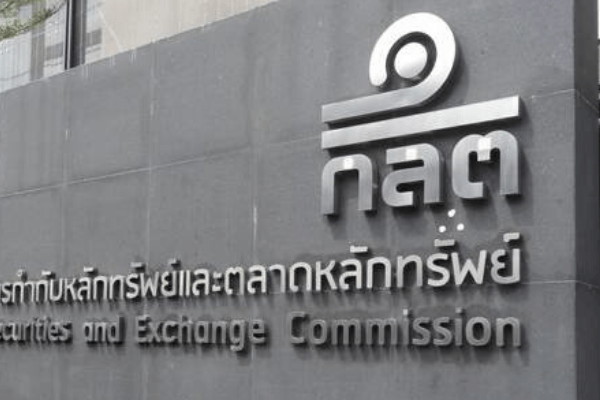
-
Last week, the U.S. Treasury’s top official for financial oversight urged lawmakers on Capitol Hill to act fast to protect not just investors but the entire financial system from risks posed by stablecoins.
-
The bigger issue that the U.S. Treasury undersecretary for domestic finance has identified, is what exactly those stablecoins are invested in.
It used to be that cryptocurrency investors were left to their own devices – buyer beware and don’t come crying to regulators when you lost your shirt in what was clearly (to authorities at least) a highly speculative market.
But with cryptocurrencies pushing well over US$2.2 trillion in market cap (on a good day), systemic risks could potentially spill over into the financial markets.
Last week, the U.S. Treasury’s top official for financial oversight urged lawmakers on Capitol Hill to act fast to protect not just investors but the entire financial system from risks posed by stablecoins.
To be sure, stablecoins are not particularly large (for now), with Tether, the world’s most popular dollar-based (using the term “backed” would be misleading) stablecoin, having a market cap of just around US$76 billion.
The bigger issue that the U.S. Treasury undersecretary for domestic finance has identified, is what exactly those stablecoins are invested in.
Speaking with Bloomberg Television, Nellie Liang who formerly led the U.S. Federal Reserve’s financial stability division said of regulators,
“They can do a little here and a little there, but if these are foundational to crypto-assets and they aren’t stable, that could potentially be a big risk.”
“We need congressional action to address the prudential risks of stablecoins.”
Last month, a smaller group of federal agencies, including the Fed, appealed to Congress to act because of what they termed “key gaps” in regulatory authority over stablecoins, urging lawmakers to require stablecoin issuers to become insured depository institutions, subject to oversight from banking regulators.
Liang has agreed with this view, noting that such oversight would allow agencies to examine them for operational risks, apply broad safety and soundness standards, and assess their ability to pose collective, systemic risks.
Although stablecoins, for now, are largely used as a conduit into the realm of cryptocurrencies, used to trade everything from bitcoin to digital asset derivatives, their issuance could expand dramatically if they were to be adopted as a widespread tool for everyday payments.
And that may not be as farfetched as it sounds.
Myanmar’s government in opposition, in response to the continued crackdown by the country’s junta following a coup earlier this year, has declared Tether the official currency of the opposition.
Because Tether can run atop several blockchains, transfers are relatively seamless and can be done via smartphones or over the internet.
El Salvador declared bitcoin to be legal tender earlier this year as well, becoming the first country in the world to do so.
Many countries in the world continue to use the dollar as their local currency, whether or not that usage is sanctioned or supported by Washington.
From Liberia to Laos, dollars can be seen to be accepted at shops and businesses – a stablecoin version that can be transferred electronically becomes a natural extension of that.
What may be keeping Congress and Treasury up at night however is the elephant in the room – that companies like Tether, which issues USDT, the dollar-based stablecoin are potentially huge holders of both government securities and commercial paper.
Many investors assume that the markets for U.S. Treasury securities are some of the deepest and most liquid, but bouts of low liquidity have occurred during times of stress.
On numerous occasions in past years, investors had fled the Treasury markets.
Treasury auctions have been undersubscribed and last March when the pandemic struck, liquidity in Treasuries nearly evaporated, threatening to freeze global credit markets and forcing the Fed to intervene with emergency buying.
These concerns over Treasury market liquidity have only grown, especially as the Fed prepares to eventually halt its pandemic-buying of Treasuries by next March.
That means that even a smallish sale of U.S. Treasuries, say by the likes of Tether (which reported that it holds some US$19 billion in Treasury bills in September this year, could crash the entire market.



